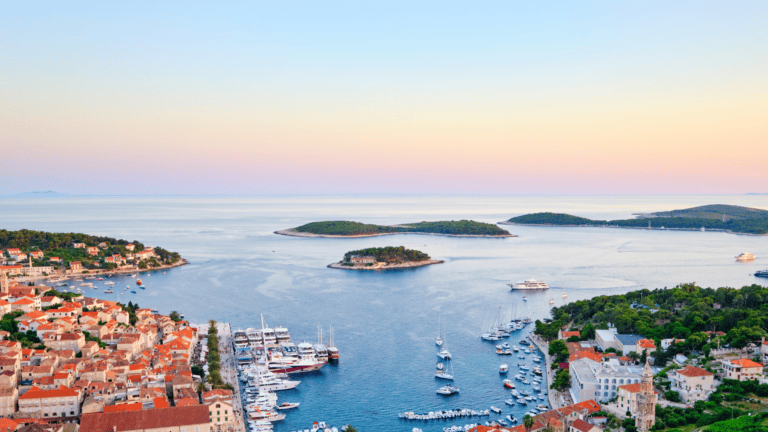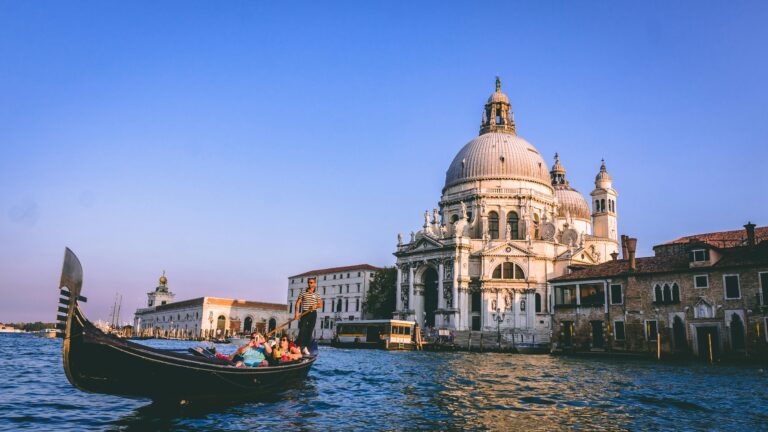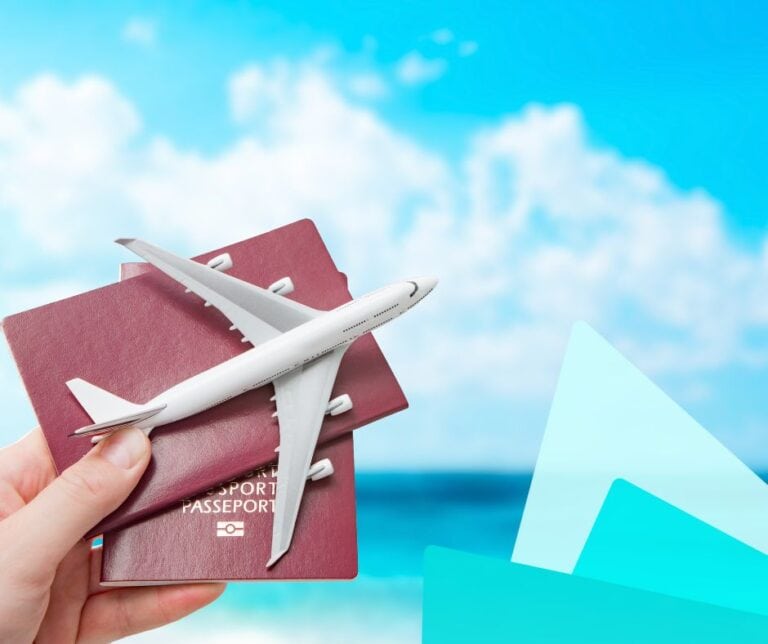A good travel PPC strategy plays a vital role in reaching the correct customers. While Google Ads dominates the landscape, businesses should not overlook Microsoft Ads (formerly Bing Ads) as a valuable alternative. Advertising on this platform can open new opportunities to connect with a different audience, often at a lower cost.
Understanding the differences between Microsoft and Google Ads can help travel brands refine their strategies and make the most of their marketing budget. By using Microsoft Advertising, your business can target a more affluent audience, benefit from lower costs per click, and increase visibility across multiple search engines.
Integrated Ad Dashboard
A key advantage of Microsoft’s travel Ads is its ability to display ads across multiple search engines. Unlike Google Ads, which will only appear on Google and its partner sites, Microsoft Ads extend to Yahoo, AOL, and additional platforms such as DuckDuckGo. This expanded reach allows your travel business to get their foot in the door with people who prefer alternative search engines.
Additionally, Bing is deeply integrated within the wider Microsoft ecosystem. Serving as the default search engine for Microsoft Edge, Microsoft’s Copilot chatbot, and Windows devices.
Now, due to the recent partnership between OpenAI and Microsoft, Bing also powers ChatGPT when retrieving up-to-date search results. These integrations create more frequent touchpoints for potential travellers to engage with your brand.
More Affluent Audiences


When comparing Microsoft travel Ads to Google travel Ads, audience demographics are an essential factor. Bing attracts a different user base, particularly an older and wealthier audience. The majority of Bing’s searchers fall within the 35-to-54 age bracket, with a significant portion aged between 55 and 64. Many of these individuals have higher disposable incomes and a greater tendency to spend on luxury travel experiences.
Research indicates that Bing searchers spend 25% more than average internet users. Travel businesses focusing on luxury experiences can use Microsoft Advertising to connect with these affluent customers more effectively. These users are more likely to be married and financially stable, making them more inclined to book premium accommodations, exclusive tours, and tailored travel packages.
Lower CPCs = Better Targeting
The most focused reason to include Microsoft Ads in your travel marketing strategy is cost efficiency. Many advertisers throw all their budgets behind Google, leading to higher competition and increased costs-per-click. So, while Bing attracts fewer advertisers there’s less competition for keywords and more affordable ad placements.
According to research by Wordstream, conversions from Bing traffic cost 33% less than those from Google Ads. Which is why Bing’s lower costs-per-click provides travel businesses with a golden opportunity to maximise their marketing budget while maintaining high conversion rates.
Travel brands can fine-tune campaigns based on specific demographics, device usage, and even household income. Bing Ads also gives you location targeting at the ad group level, making it incredibly easy to schedule your ads for different time zones. By giving you a greater level of control to work on precise audience segmentation, your paid ads can reach the most relevant users.
When assessing Microsoft Ads vs Google Ads, lower costs combined with enhanced targeting options make Bing a valuable addition to any digital marketing plan.


Although Google has Bing beat in many ways, Bing presents itself as a strong alternative for travel brands looking to expand their reach. Since many travellers use multiple search engines when planning trips, excluding Bing entirely from a marketing strategy means missing out on a large section of potential customers.
Microsoft Advertising provides a cost-effective way to capture high-value leads and drive direct bookings. Travel companies that incorporate this platform into their strategy can benefit from increased visibility, improved return on investment, and a more diverse customer base.
Travel brands that rely exclusively on Google may be overlooking valuable leads. Using Microsoft travel ads provides an excellent way to expand reach while benefiting from lower costs and an audience that spends more on experiences. Understanding the differences between Microsoft Ads and Google Ads allows businesses to diversify their approach and capture a broader market.
And now, our experts are ready to put their knowledge of Microsoft Advertising to work to get more visitors to your site and more bookings secured. Contact us today to discuss how our PPC agency can help you maximise effectiveness of your travel brand’s digital marketing endeavours



